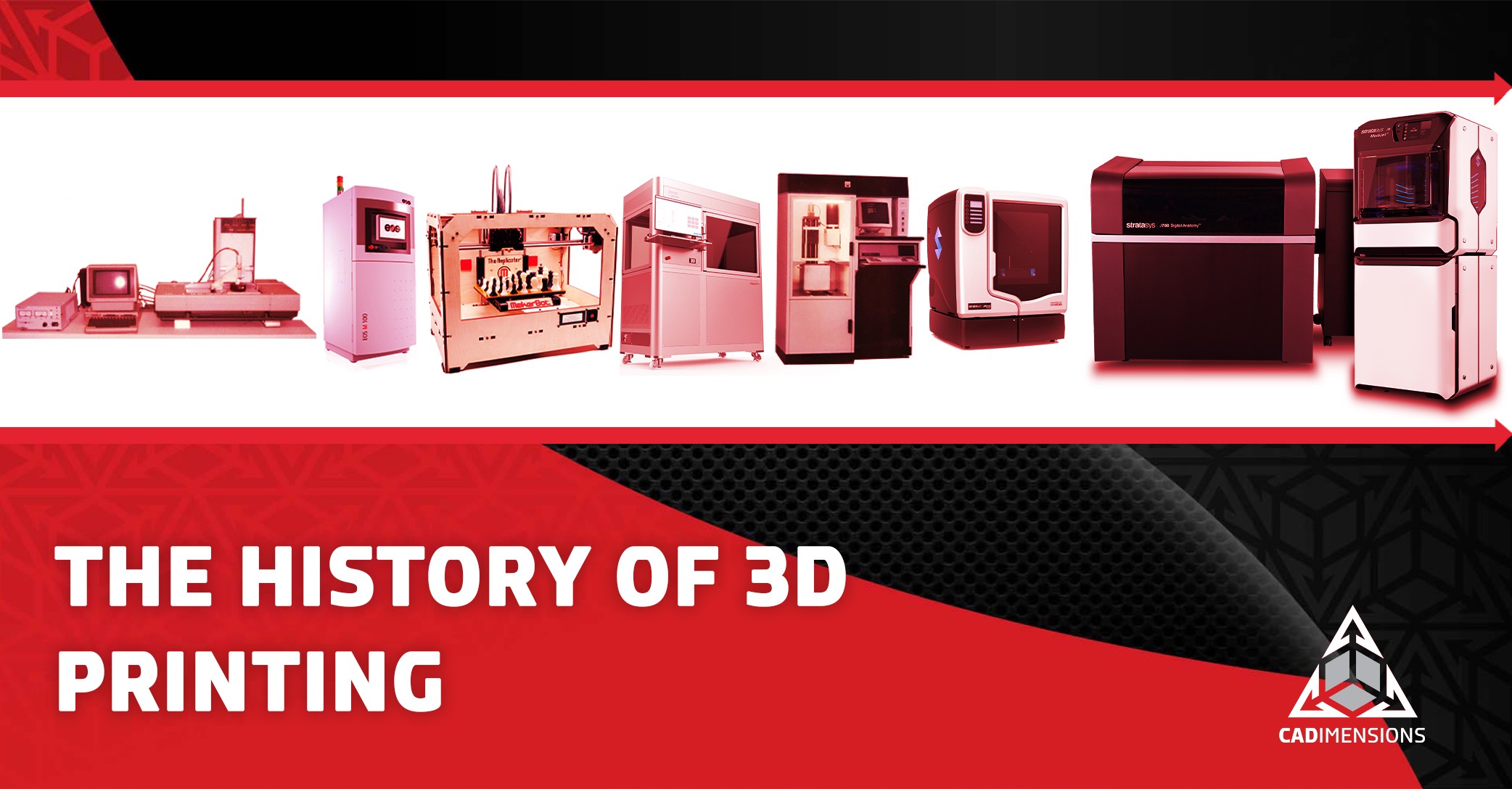3D printing, once a niche technology confined to prototyping labs and hobbyist workshops, has evolved into a powerful force reshaping industries across the global economy. Its ability to transform digital designs into physical objects with precision and speed is unlocking new possibilities in manufacturing, healthcare, aerospace, construction, and beyond. What makes 3D printing so disruptive is not just its technical capability, but its capacity to reimagine how products are conceived, produced, and delivered. As the technology matures, it’s becoming less about novelty and more about strategic advantage.
In manufacturing, 3D printing is challenging traditional production models by enabling on-demand fabrication and mass customization. Instead of relying on large-scale assembly lines and complex supply chains, companies can produce parts locally and tailor them to specific needs. This shift reduces inventory costs, shortens lead times, and allows for rapid iteration. A car manufacturer, for example, might use 3D printing to create lightweight components with complex geometries that would be difficult or impossible to produce using conventional methods. These parts not only improve performance but also reduce material waste, aligning with sustainability goals.
Healthcare is another sector experiencing a profound transformation through additive manufacturing. Custom prosthetics, dental implants, and even surgical tools are now being printed to match the unique anatomy of individual patients. This level of personalization enhances comfort, functionality, and outcomes. In more advanced applications, researchers are exploring bioprinting—using living cells to create tissue structures that could one day lead to organ regeneration. While still in early stages, these developments hint at a future where 3D printing plays a central role in personalized medicine and regenerative therapies.
Aerospace companies have embraced 3D printing for its ability to produce lightweight, high-performance components that meet stringent safety and durability standards. The technology allows engineers to consolidate multiple parts into a single printed piece, reducing assembly complexity and potential points of failure. For instance, jet engine manufacturers are printing fuel nozzles with intricate internal channels that optimize combustion efficiency. These innovations not only improve performance but also simplify maintenance and reduce costs over the lifecycle of the aircraft. The aerospace industry’s adoption of 3D printing underscores its potential to meet demanding engineering challenges with elegance and efficiency.
In construction, 3D printing is being used to build structures layer by layer using concrete, polymers, or other materials. This approach offers speed, cost savings, and design flexibility. Entire homes have been printed in a matter of days, demonstrating the potential to address housing shortages and disaster relief needs. The ability to print complex architectural forms without traditional molds or scaffolding opens new creative possibilities for designers and architects. Moreover, the use of locally sourced materials and reduced labor requirements makes 3D-printed construction a compelling solution for sustainable development in remote or underserved areas.
The fashion and design industries are also exploring the creative potential of 3D printing. Designers can experiment with intricate patterns, textures, and forms that would be difficult to achieve through traditional techniques. From custom jewelry to avant-garde garments, 3D printing enables a level of artistic expression and personalization that resonates with modern consumers. It also supports more sustainable practices by allowing for made-to-order production, reducing excess inventory and textile waste. As consumer expectations shift toward uniqueness and ethical sourcing, 3D printing offers a way to meet those demands without compromising creativity.
One of the most intriguing aspects of 3D printing is its role in decentralizing production. By enabling fabrication at or near the point of use, it reduces dependence on centralized factories and long-distance logistics. This has implications for resilience, especially in times of disruption. During the COVID-19 pandemic, for example, 3D printing was used to produce face shields, ventilator parts, and other medical supplies when traditional supply chains faltered. The ability to respond quickly and locally to urgent needs demonstrated the strategic value of distributed manufacturing and highlighted the importance of agility in crisis response.
Despite its promise, 3D printing is not without challenges. Material limitations, production speed, and quality control remain areas of active development. Not all materials are suitable for additive manufacturing, and scaling up production for high-volume applications can be complex. Regulatory standards, especially in sectors like healthcare and aerospace, require rigorous testing and certification. Intellectual property concerns also arise, as digital design files can be easily shared or replicated. Addressing these issues will be critical to unlocking the full potential of 3D printing and ensuring its responsible integration into industrial ecosystems.
As the technology continues to evolve, collaboration between engineers, designers, researchers, and policymakers will be essential. Education and workforce development must keep pace with innovation, equipping professionals with the skills to harness 3D printing effectively. Investment in research and infrastructure will drive improvements in materials, speed, and scalability. And thoughtful regulation will help balance innovation with safety and ethics. The future of 3D printing is not just about machines—it’s about the systems, people, and ideas that shape how we make things.
Ultimately, 3D printing is more than a tool—it’s a paradigm shift. It challenges assumptions about manufacturing, design, and distribution, offering a more agile, sustainable, and personalized approach to production. Industries that embrace this shift are not just adopting a new technology—they’re reimagining their value chains, their customer relationships, and their role in a rapidly changing world. As 3D printing moves from the margins to the mainstream, its impact will be felt not only in factories and labs, but in the everyday products and experiences that define modern life.




